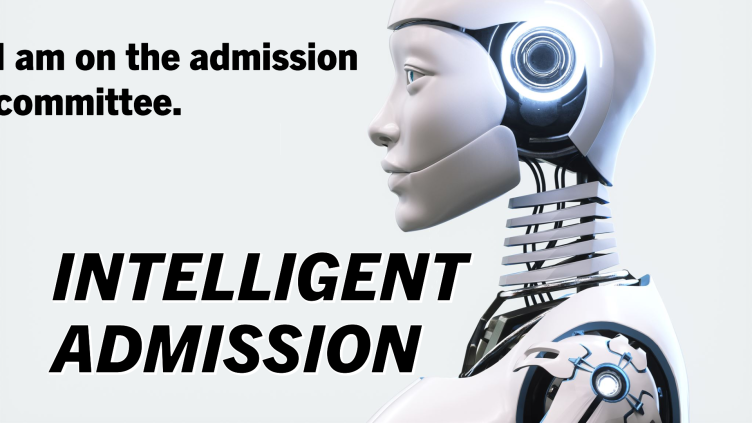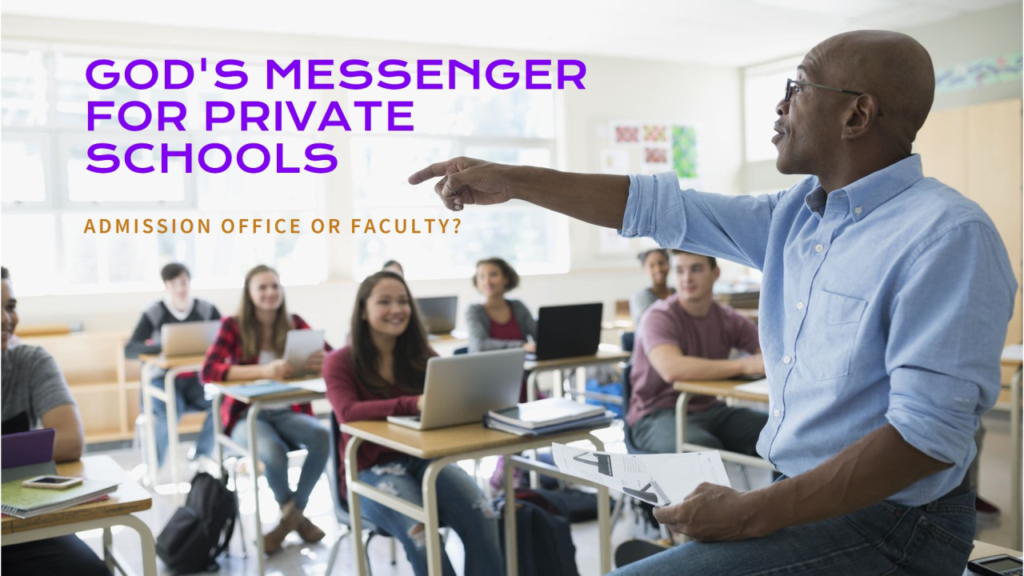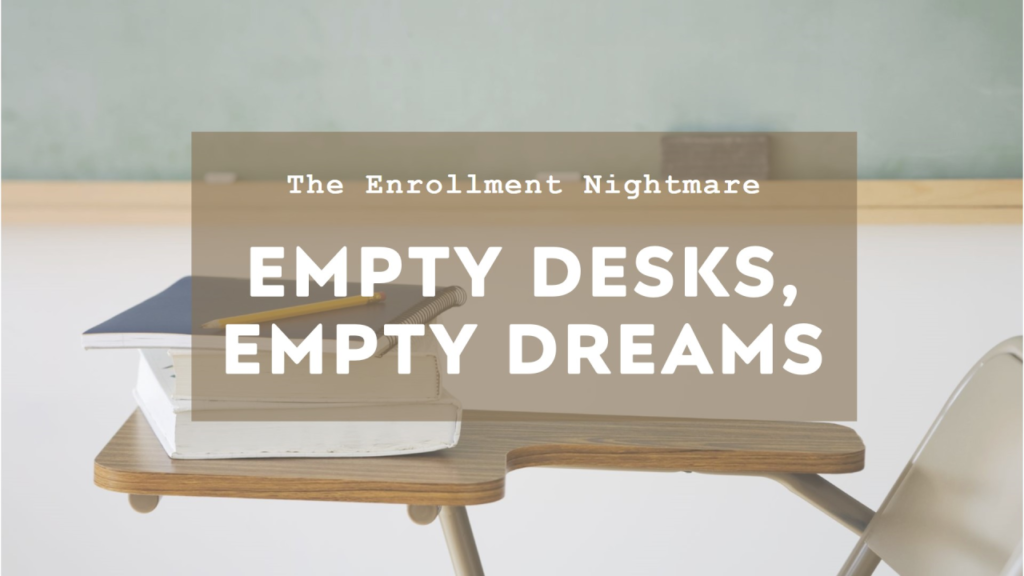Making Your College Placement List Shine Without 25% Attending Ivy League Schools
Individual Listening Listen Actively: As you listen, pay attention to how Sarah, the Dean of Enrollment, proposes a shift in presenting college placement data. Sarah advocates for moving beyond listing college names to crafting detailed profiles that tell each graduate’s unique story. Notice Marcus’s insights as Director of College Counseling, especially his initial concerns about resource requirements and maintaining current alumni connections. Reflect: Consider how your school currently represents college placement success. Does it resemble the list format Sarah critiques, or does it include narrative elements? Reflect on how Marcus’s and Dr. Elizabeth Chen’s discussions on challenges and solutions could apply to your school. Take notes on any initial ideas inspired by their approach to storytelling. Group Discussion Set the Stage: Begin with a recap of the podcast’s main theme—Sarah’s proposal to enhance the college placement list by highlighting individual student journeys, such as Alex Martinez’s passion for marine biology leading him to the University of Miami, or Sara Chen’s success in creative writing at Hamilton College. Role-Specific Discussion Prompts: Admission & Marketing Professionals: Reflect on how narrative profiles, like those of Alex and Sara, could strengthen your marketing materials. How might these types of stories attract prospective families by showcasing the diverse paths students take after leaving your school? Heads of School: Discuss how this narrative-based approach aligns with your school’s mission. Dr. Chen was particularly focused on ensuring the new approach authentically reflects school values—how might you echo her concerns for alignment within your own role? Division Heads & Faculty: Marcus highlighted challenges like alumni tracking and narrative consistency. How could faculty and division heads contribute to collecting meaningful student stories throughout their school journey? What insights from your current students could shape compelling alumni stories? Trustees: Dr. Chen also raised questions about resource allocation. Trustees should consider how this storytelling approach supports long-term vision and connects with community stakeholders. How can the school allocate resources effectively to make this change sustainable? Identify Potential Challenges: Like Marcus and Sarah, identify any potential obstacles your team might face, such as alumni permissions, resource allocation, or crafting authentic stories. Think about how Marcus suggested partnering with the advancement office for alumni tracking. Could this type of collaboration help overcome challenges in your school? Solutions & Next Steps: Sarah and Marcus planned to start with a pilot program featuring ten recent graduates, a suggestion supported by Dr. Chen. Discuss how a similar pilot might work for your school. Determine which departments (e.g., admissions, college counseling, advancement) could take part, and outline responsibilities to ensure collaborative effort. Application Create an Action Plan: Define specific actions for each role to support a narrative-based college placement system. Admissions might start drafting profiles or identifying potential student stories, while faculty can document key student achievements or milestones that reflect each student’s journey, as Sarah suggested. Role-Specific Assignments: Admissions & Marketing: Draft sample profiles based on Sarah’s idea of capturing students’ unique paths and align the stories with marketing goals. Faculty: Develop a process to capture student journeys. For example, identify critical milestones in programs, similar to how Alex’s journey in marine biology began in Sarah’s school’s science program. Trustees: Assess the resources available and determine funding possibilities for sustaining alumni tracking and story development, echoing Dr. Chen’s resource-focused concerns. Pilot Review: Schedule a timeline for reviewing the pilot program’s progress, just as Sarah, Marcus, and Dr. Chen set a three-month check-in. Discuss whether initial outcomes reflect the intended impact and evaluate any challenges encountered. Feedback Individual Reflection: Each participant should reflect on how this new storytelling method impacts their role. Consider whether it helps prospective families better understand the school’s value and whether any adjustments are needed for better implementation. Group Debrief: Reconvene for a group debrief, discussing what worked well and what could improve. Reflect on how the pilot helped or challenged the team’s understanding of college placement success. Use feedback to refine your storytelling approach and decide on the program’s future.
Making Your College Placement List Shine Without 25% Attending Ivy League Schools Read More »








